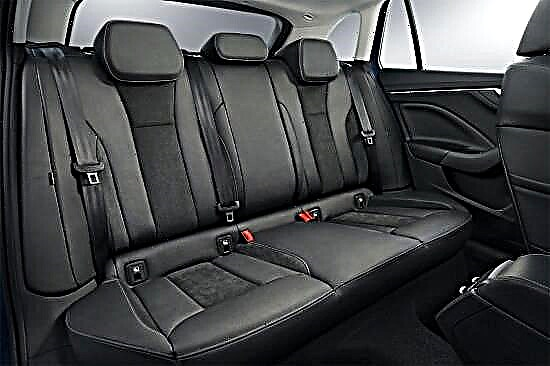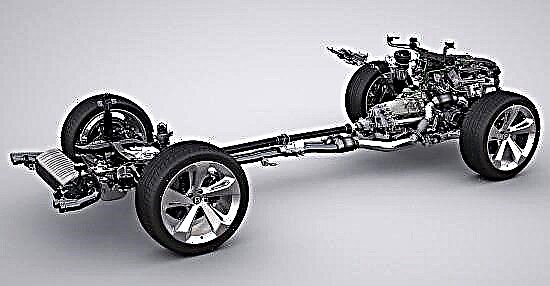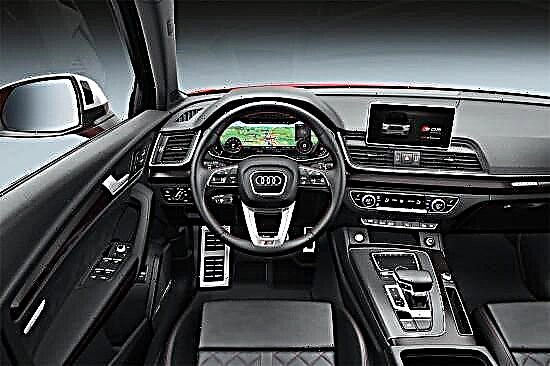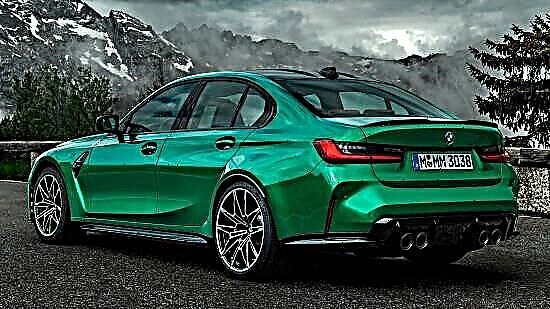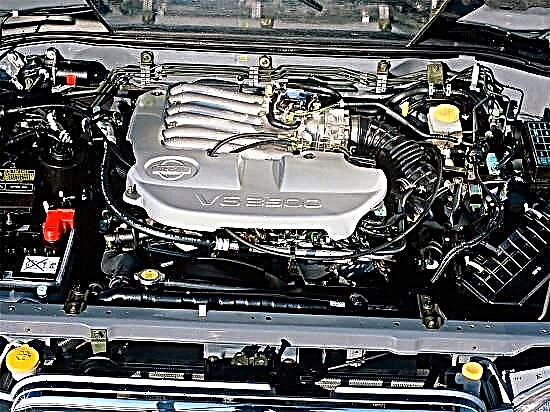The second generation of the "Pathfinder" SUV with the factory index "R50" was introduced in Japan at the end of 1995, at the same time its serial production began. In 1999, the car underwent the first update, and in 2001 it was overtaken by the second restyling - the exterior and interior underwent some adjustments, and a new engine was “registered” under the hood.

On the conveyor, the "rogue" held out until 2004, after which he was replaced by a third generation model.

The Second Pathfinder is a mid-size SUV available in a five-door body style. The length of the car is 4530 mm, height - 1750 mm, width - 1840 mm.

From the total length of 2700 mm is the distance between the axles, and the maximum ground clearance is 210 mm. The curb weight of the Pathfinder varies from 1830 to 1990 kg, depending on the modification.

For the Nissan Pathfinder R50 (2nd generation), a wide range of power plants was offered:

- The diesel part combines 2.7-3.2-liter inline "fours", generating from 131 to 170 horsepower and from 279 to 353 Nm of torque.
- Gasoline options were also available - these are V-shaped six-cylinder "aspirated" 3.3-3.5 liters, the return of which reaches 150-253 "horses" and 266-325 Nm of peak thrust.
Paired with the motors, two types of gearboxes were used: a 5-speed manual gearbox or a 4-speed automatic gearbox.
For the SUV, three transmission options were available: rear-wheel drive, front-wheel drive rigidly connected (part-time), as well as a system with a center differential and a switchable all-wheel drive.
The second generation Nissan Pathfinder is an SUV with a monocoque body, reinforced with front and rear subframes. An independent suspension with MacPherson struts is installed on the front axle, and a dependent part with a rigid beam and control levers is installed on the rear axle. The steering mechanism of the machine is supplemented with a hydraulic booster, the front wheels are distinguished by the presence of ventilated disc brakes, and the rear ones - by drum devices.
The advantages of the “second Pathfinder” are reliable construction, good off-road capabilities, comfortable interior, high-torque engines, good handling, road stability and low-cost maintenance. There are also disadvantages, which include a weak low beam, a low level of sound insulation and high fuel consumption.

